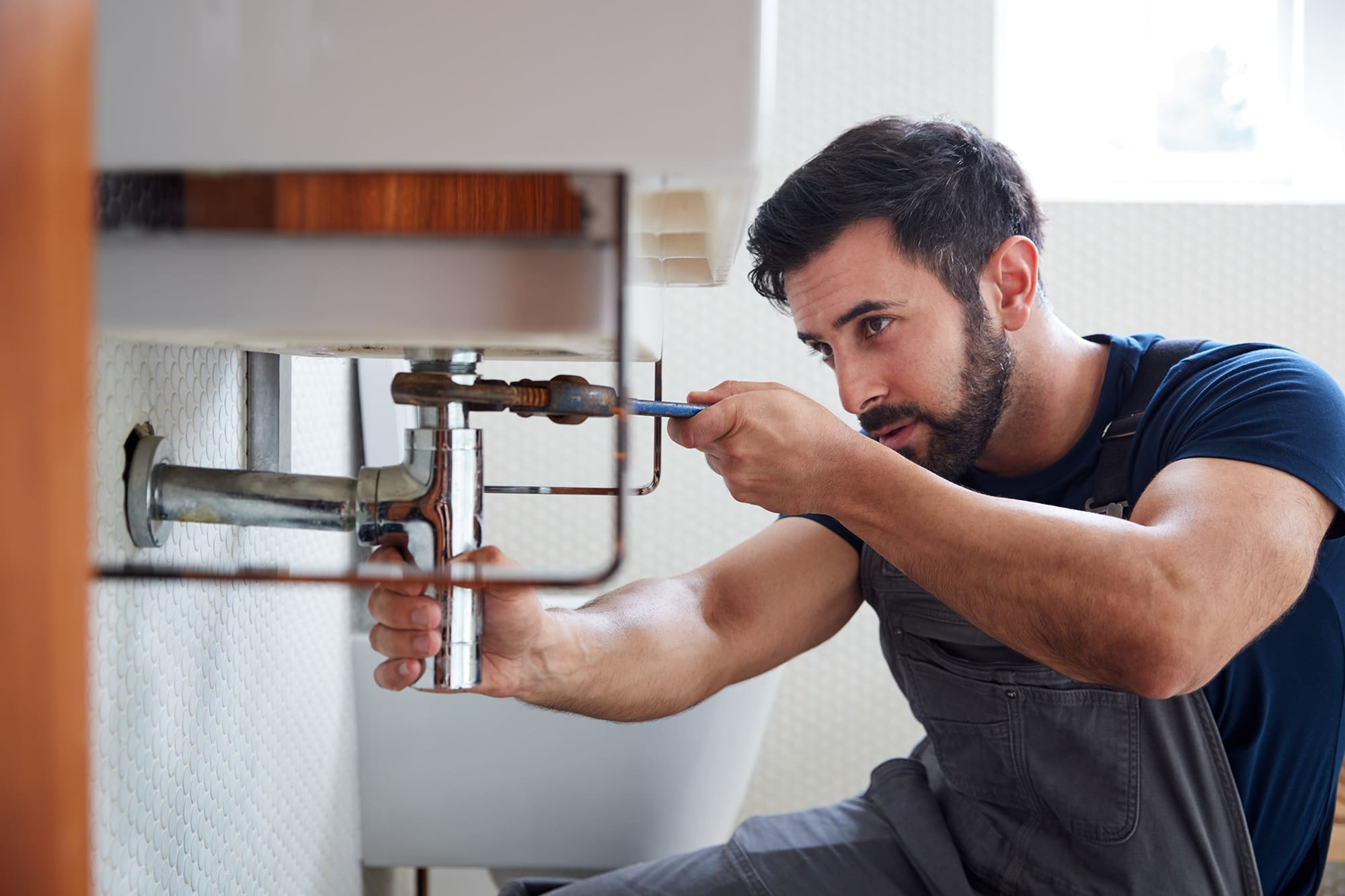
Understanding Water Damage Under Your Homeowner’s Policy
No one wants to come home to an overflowing toilet, a backed-up sewer line, or water dripping from the ceiling. Next to a fire, or maybe an earthquake or a hurricane, nothing costs homeowners as much money or causes as much anxiety as water damage.
The Insurance Information Institute reports that water damage (including damage from freezing) accounts for 24% of all homeowners insurance claims. Each year, about 2% of all homeowners file a claim for water damage, and the average cost of these claims is $10,849.
Most homeowners don’t know what types of water damage are covered by their homeowners’ insurance. To avoid any unpleasant surprises, it’s always a good idea to familiarize yourself with the coverage in your policy. So let’s take a look at how insurers classify water damage, including the four main types of water damage that aren’t protected by a policy.
Types of water damage covered
A standard homeowners policy covers 16 named “perils” to your house. These include destructive weather events such as wind, hail, and ice, as well as fire, theft, and vandalism.
Water damage can be tricky since it must be caused by one of these perils in order to be covered. Sometimes it’s covered, and sometimes it’s not. It depends on how the damage occurs.
For example, damage to your home that’s “sudden” and “accidental” is covered. So water damage from a burst pipe, wind-driven rain, a tree falling on your roof, or vandalism is generally covered. However, water damage caused by neglect or gradual deterioration won’t be covered, and any mold that results from that neglect won’t be covered either.
If your roof leaks because of wear and tear on your shingles, the resulting water damage wouldn’t be covered. However, water damage from wind or hail would probably be covered since those are sudden events and the damage is caused by one of the named perils in your policy.
Here are some other examples of water damage that is covered by most policies:
- “Accidental discharge or overflow of water or steam” is a named peril in most policies. This includes the pipes in your house, the air conditioner, the water heater and any sprinkler systems. Discharge from a washing machine, dishwasher or refrigerator would be covered, too. However, your policy wouldn’t cover the cost of replacing the broken appliance.
- Snow and ice dams that form on your roof are typically covered by the “weight of ice, snow or sleet” peril in your policy.
- Damage from putting out a fire is covered, including when firefighters extinguish a fire or sprinklers are activated.
- Mold and mildew are covered but only when they are an extension of covered water damage. For example, if a burst pipe caused mold to grow, your policy would pay for the remediation, up to the limits in your policy. Most policies don’t cover the full cost of a serious mold infestation. Check with your agent about adding to your mold remediation limits.
- Malicious activity is also covered, such as deliberate damage to your pipes by a vandal.
Keep in mind that different policy coverages come into play. Dwelling coverage pays for the cost of repairing the structure of your house – for example if a burst pipe damages a wall. Personal property coverage pays for damage to your personal belongings – for example, if your computer, furniture, or books are ruined.
It’s important to remember that your policy has limits and deductibles, so you’ll pay for some of the damage out of your own pocket, even if it’s covered. Your agent can tell you what the limits and deductibles are in your policy and discuss whether it’s a good idea to raise or lower them. Understand that the higher the limits and the lower the deductibles, the more your insurance will cost.
Water damage that isn’t covered
There are four types of water damage that are almost always excluded from homeowners’ policies. Let’s look at these four main exclusions individually.
- Floods
Flooding is the No. 1 natural disaster in the United States, but homeowners insurance doesn’t cover this peril. Basically, any water that flows into your home from the ground isn’t covered. So rainwater, a surging river, and saturated ground aren’t covered. Homeowners can purchase separate flood insurance through FEMA’s National Flood Insurance Program (NFIP). There are also private insurers who sell what are called Write Your Own policies.The NFIP’s website, FloodSmart.gov, has tips on buying or renewing flood insurance and information to help you assess your risk and reduce your costs. High-value homes, such as beach or lakefront property, may need excess coverage, since the maximum NFIP coverage for a residential building is $250,000, with contents limited to $100,000. - Groundwater seepage
Like flooding, groundwater seepage isn’t covered by a standard homeowners policy. Often, older homes with basements will have problems with water seeping through concrete walls or from cracks in the foundation. There are a number of remediation techniques, depending on the severity of the problem. These range from simple waterproofing to installing a sump pump and French drains. - Sewage water
Water that overflows from sewer pipes or drains and comes into your house isn’t covered by a standard homeowners policy. However, you can purchase a water backup rider or endorsement for your policy for a nominal price. Ask your agent about such coverage. As a homeowner, you’re responsible for the sewer and water lines from the street to your house, but you can purchase a service-line endorsement to cover the failure of these pipes. A service-line endorsement can also cover utilities such as electricity, gas, and telecommunications. - Poorly maintained plumbing
As noted previously, if you’ve neglected the plumbing or appliances in your house, water damage and mold stemming from their failure isn’t covered by a standard homeowners policy. For example, losses from a leaky toilet or a continuous drip in a faucet wouldn’t be covered by your policy.
Water damage is a serious threat to your home, and it can have a big impact on your finances. An insurance professional can explain what’s covered and what’s excluded in your policy and how you may be able to add extra coverage.
You can reduce the potential for losses by scheduling regular maintenance on your house and taking care of repairs right away. Set aside some time in the spring and fall to do an inspection of your home. Have a professional take a look at your plumbing, air conditioning, and water heater to make sure everything is working properly.
As the saying goes, “An ounce of prevention is worth a pound of cure.” Take steps to keep water from damaging your property, and get the insurance you need so you can relax and enjoy your home in comfort.
To consult with an insurance advisor, call 800-392-6532 or email insure@colby-group.com.
This article is for informational purposes only. Insurance needs and coverages vary; therefore, the terms of your policy will be specific to your situation.
We recommend that you discuss your insurance needs with a licensed agent for details on pricing, coverages, and exclusions.
This content is for informational purposes only and not for the purpose of providing professional, financial, medical or legal advice. You should contact your licensed professional to obtain advice with respect to any particular issue or problem.
Copyright © 2022 Applied Systems, Inc. All rights reserved.

